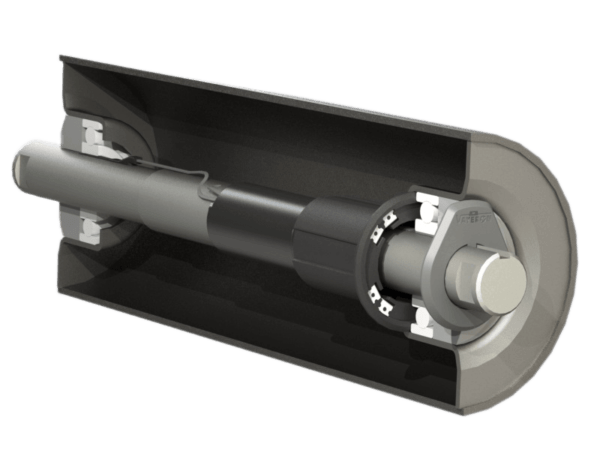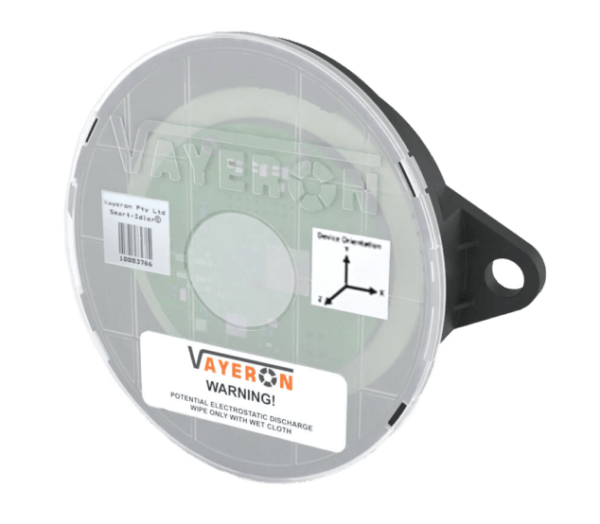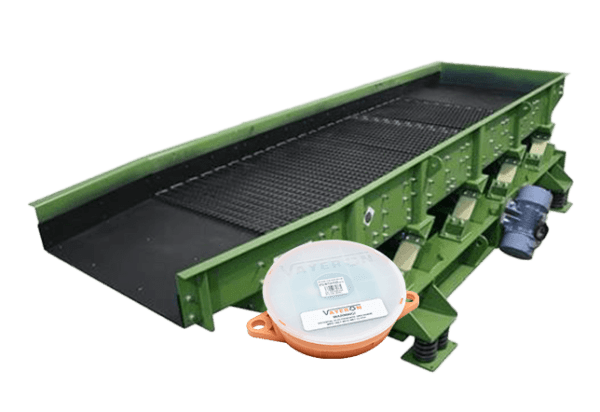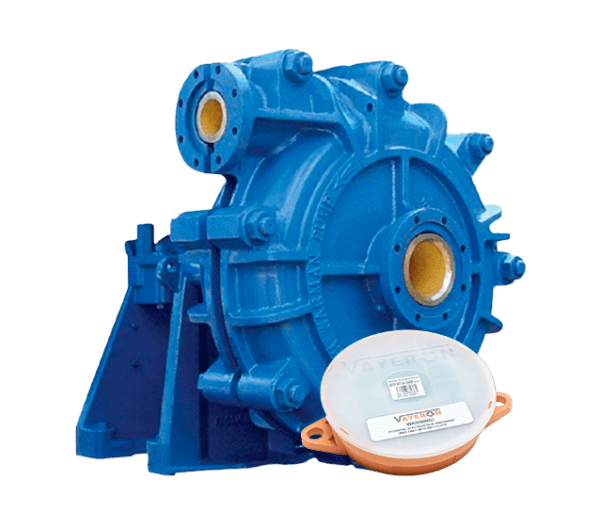Understanding Predictive Maintenance and traditional approaches
Traditional Reactive Maintenance approach has long been the norm and might seem cost-effective initially, but it often leads to unplanned downtime, increased repair costs, and higher risks of safety incidents. Reactive maintenance is characterised by a lack of preparedness, resulting in rushed, emergency repairs that can be costly and disruptive.
Preventative maintenance and repairs are carried out at predetermined intervals. It’s usually defined by the manufacturer’s service recommendations, like regularly changing the oil in a car. However, every mining situation is different, and relying on data from external forces could be completely different from what’s happening in real time.
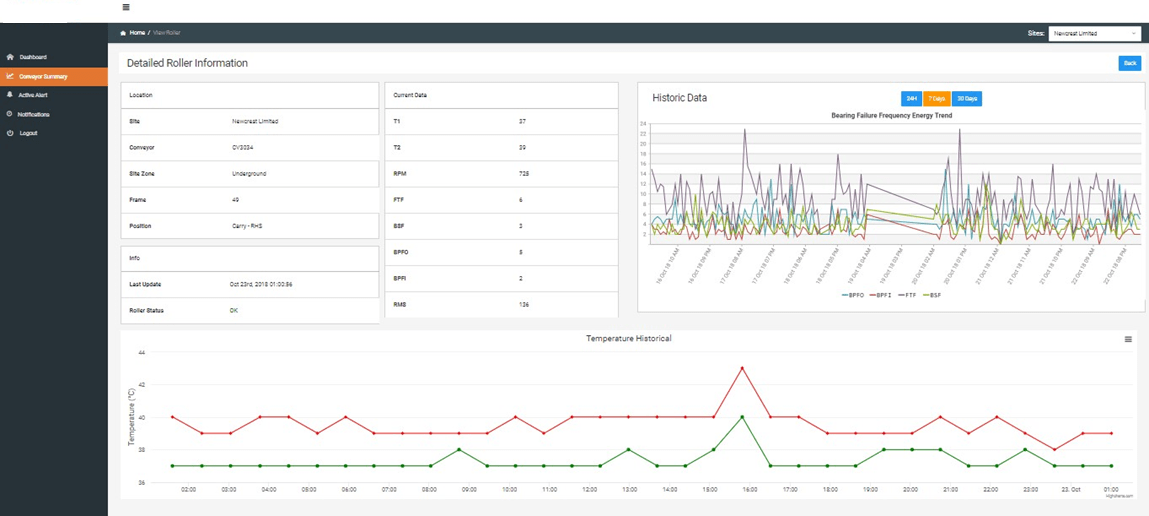
Key Components
1. Sensors and Data Collection: Sensors play a critical role in this process, collecting real-time data on various parameters such as temperature, vibration, pressure, and more. These sensors are strategically placed on critical machinery components to monitor their condition and performance in real-time. One example of such a sensor is discussed in our interview with Mark Walter about a wireless data acquisition device.
2. Data Storage and Analysis: With the constant influx of data from sensors, effective data storage and management become critical. Databases and cloud storage solutions are often used to handle the large volumes of data. Advanced algorithms, often powered by artificial intelligence (AI) and machine learning models analyse historical and real-time data to identify patterns, trends, and anomalies that could indicate potential equipment failures.
3. Condition Monitoring and Actionable Insights: The ultimate goal of predictive maintenance is to provide actionable insights that maintenance teams can use to plan and execute maintenance activities. Condition monitoring systems often integrate with existing control systems and continuously monitor the health and performance of equipment, providing these real-time insights. These insights are derived from the analysis of sensor data and are presented in a way that is easy to understand and act upon.
Direct Advantages of Predictive Maintenance

- Reduced Downtime: By anticipating equipment failures, predictive maintenance minimises unplanned downtime, ensuring uninterrupted operations and maximising productivity.
- Cost Savings: Predictive maintenance helps organisations optimise their maintenance schedules, focusing resources where they are most needed. This approach reduces unnecessary maintenance activities, such as replacing parts that are still in good condition, and minimises emergency repairs. Over time, this leads to substantial cost savings in maintenance operations, spare parts, and labour.
- Increased Equipment Lifespan: By maintaining equipment in optimal condition, predictive maintenance can extend the lifespan of machinery. Regular monitoring and timely interventions prevent excessive wear and tear, reducing the need for frequent replacements and lowering capital expenditures on new equipment. This also contributes to a more sustainable approach to asset management.
- Improved Safety: Malfunctioning equipment poses significant safety risks to employees. Sudden failures can lead to accidents, injuries, or even fatalities. Predictive maintenance enhances safety by ensuring that equipment is always in good working condition, thereby reducing the risk of accidents and creating a safer work environment.
- Optimised Resource Allocation: Predictive maintenance enables efficient allocation of maintenance resources by focusing on equipment that requires immediate attention.
- Enhanced Operational Efficiency: PdM ensures that machinery operates at peak performance, leading to improved productivity. As maintenance tasks are performed during planned downtimes, minimising disruptions and maximising equipment uptime, predictive maintenance contributes to overall operational efficiency and competitiveness.
- Data-Driven Decision Making: The data generated by predictive maintenance systems provides valuable insights for informed decision-making, process optimisation, and performance improvement.
- Environmental Benefits: Efficiently running equipment consumes less energy and produces fewer emissions, contributing to more environmentally sustainable operations. By ensuring that machinery is well-maintained and operating efficiently, predictive maintenance helps reduce the environmental impact of industrial processes.
Clear examples of implemented predictive approach with tangible benefits are described in Predictive Conveyor Maintenance Case Study and Mill Liner Wear Monitoring Case Study.
Challenges in Implementing Predictive Maintenance
Key considerations include:
1. Technology Investment: Introducing PdM requires upfront investment in modern monitoring and data analysis systems. However, the long-term benefits in terms of efficiency and reduced downtime far outweigh the initial costs.
3. Staff Training: Transitioning to PdM necessitates training employees to utilise new technologies. This ensures they can effectively employ new tools to enhance productivity.
4. System Integration: While older equipment might seem incompatible with modern technologies, predictive maintenance can be successfully integrated into existing systems. This requires careful planning and execution to ensure a smooth transition and optimised operations.

Conclusion
In our next article we will review successful Predictive Maintenance Implementation Strategies and examples from leading mining corporations.

